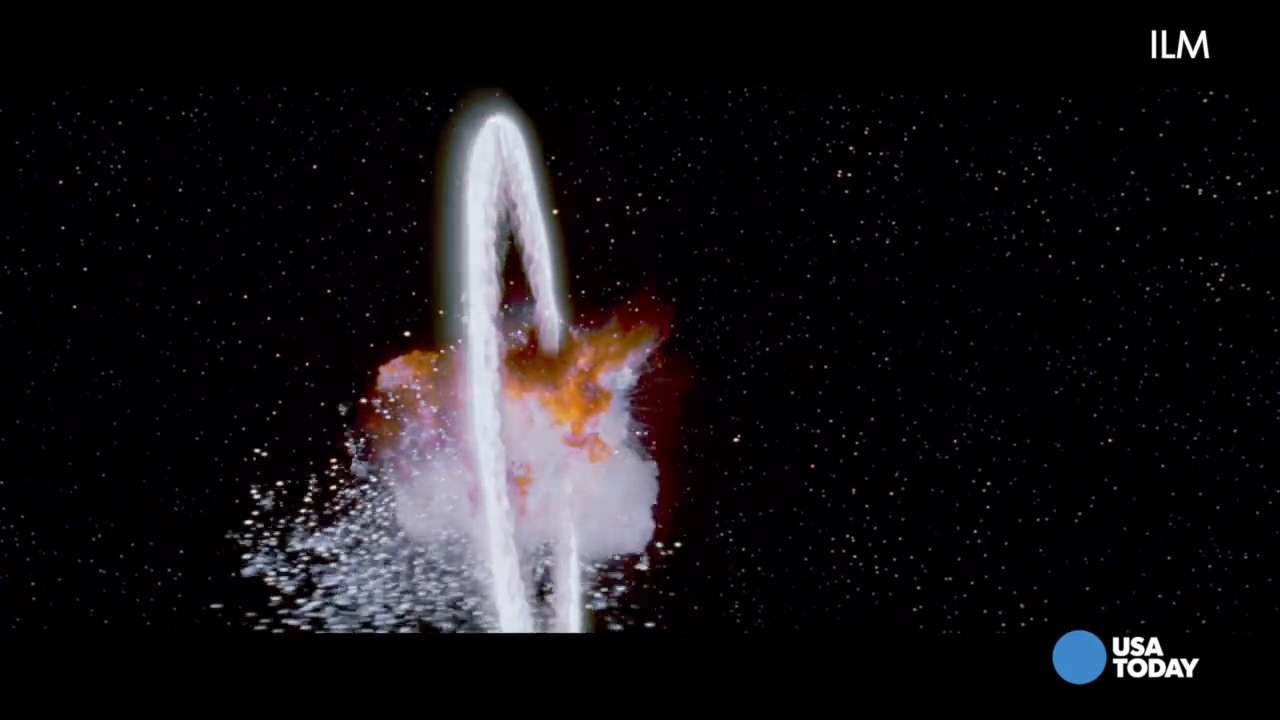Industrial Light & Magic's greatest hits

SAN FRANCISCO—Industrial Light & Magic was started by George Lucas to create special effects for Star Wars, but the company went on to have a huge impact on 320 films, winning 16 Oscars. Here's a highlight reel:
1975 -- In need of never-before-seen effects for his space saga, George Lucas pours most of his profits from the surprise hit American Graffiti into forming a special effects company in a series of Van Nuys, Calif., warehouses. He calls it Industrial Light & Magic.
1982 -- ILM creates the exploding planet "Genesis Effect" for Star Trek II: The Wrath of Khan, the first wholly computer-generated sequence in a feature film.
1988 -- The first morphing sequences hit the movies in the film Willow.
1989 -- ILM turns water into a three-dimensional character in The Abyss.
1991 -- Director James Cameron calls on ILM to transform the menacing cop in Terminator 2: Judgment Day into the first computer-generated actor for sequences in which the character morphs from human to molten metal.
1994 -- ILM's 13th Academy Award is handed out for its use of digital technology to create realistic dinosaurs in Steven Spielberg's Jurassic Park. For Forrest Gump, the effects house inserts the fictional protagonist into real archival footage.
1996 -- ILM computers begin assisting directors with increasingly complex shots, including the first fully virtual set for the final train chase sequence in Mission: Impossible and the cow-tossing tornadoes in Twister.
2000 -- Fluid dynamics research leads ILM animators to create the menacing 100-foot wave in The Perfect Storm.
2001 -- Special effects are leveraged to recreate U.S. history in Pearl Harbor, featuring a digital combination of hundreds of planes, dozens of ships and countless explosions, fire and smoke, garnering one of ILM's 33 Oscar nominations.
2006 -- ILM develops Imocap -- image motion capture -- for Pirates of the Caribbean: Dead Man's Chest, which allows actors wearing image-capture suits to have their performances overlaid with effects, as in actor Bill Nighy's portrayal of the tentacle-bearded pirate, Davy Jones.
2008 -- Photorealistic metal surfaces prove key to making Tony Stark's suit in Iron Man believable.
2012 -- ILM debuts Imocap 2.0, first used on Marvel's The Avengers to allow actor Mark Ruffalo to transform his performance into that of a raging green beast, The Hulk.
2015 -- ILM, Lucasfilm and Skywalker Sound announce the formation of xLab, a team focused on creating movie-based virtual- and augmented-reality experiences for fans.